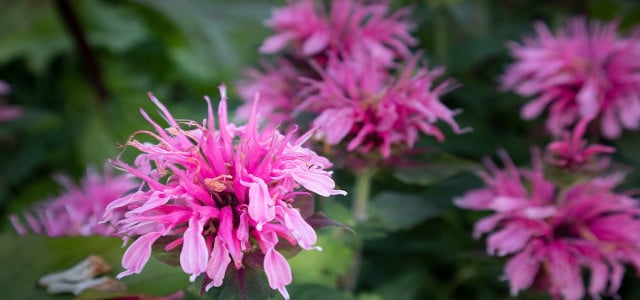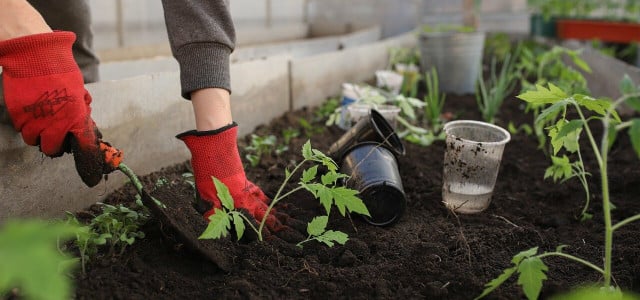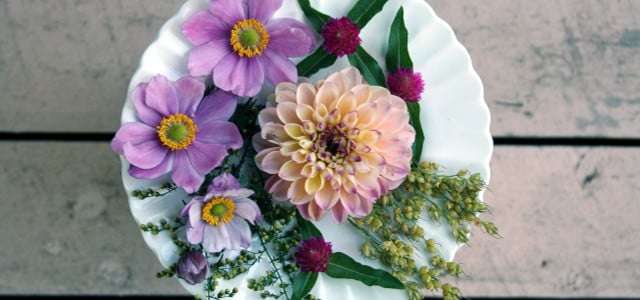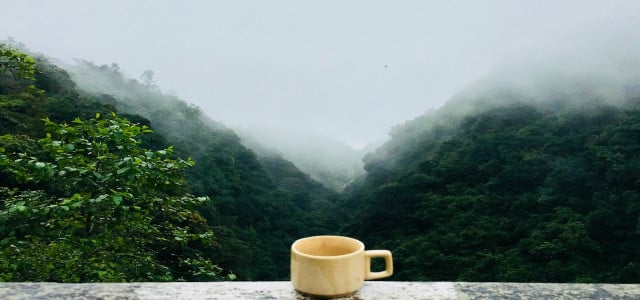Whether you choose to plant bee balm from seed or buy a plant, this flowering perennial makes a great addition to any garden. We’ll have a closer look at the bee balm plant along with its many uses and benefits.
The bee balm plant, also known as wild bergamot, is a native North American plant. You can find it growing in fields, on hillsides, and in sunny patches of land all across the United States. As a member of the mint family, this pretty perennial is known for its strong scent, medicinal properties, and its ability to spread like a weed.
The shaggy petals cause these striking blooms to look like fireworks, adding an explosion of color to any garden. Bee balm flowers are a perennial plant, meaning you’ll enjoy red, pink, purple and white flowers year after year. The herby scent and brightly colored bee balm flowers attract bees and other insects, making this plant a staple in pollinator gardens.
Planting Bee Balm from Seed

If you want to add this perennial to your garden, you can either purchase a plant from your local garden center or start bee balm from seed (if you can’t find them in your local nursery, the seeds are available on Amazon**). When starting from seed, you have two options: inside or outside.
Planting Bee Balm Indoors:
To start bee balm from seed indoors, the first thing you’ll need to do is sow your seeds in pots or trays approximately 8 weeks before the last spring frost. You can use the Farmer’s Almanac guide to find out when that is for your region. For best results, keep the seedlings at 55˚F until well-rooted. Afterward, you can plant them in the garden as early as 1 week before the last spring frost.
Planting Bee Balm Outdoors:
To start bee balm from seed outside, plant the seeds ¼ – ½ inch deep in your garden 1 week before the last spring frost. Because bee balm plants are fast-spreading, make sure to give them enough space — they’ll need a minimum of 12 inches. Alternatively, you can plant the bee balm flowers in a pot to control the spread.
Tips for Planting Bee Balm
- Choose a sunny location; somewhere with 6-8 hours of sunlight is ideal.
- You can plant bee balm flowers at any stage from spring up until fall, though the earlier the better. This way, the plant can establish its roots.
- Nutrient-rich soil is ideal. Add compost or coffee grounds to the soil in the weeks leading up to planting to give your bee balm flowers an extra boost.
- Give the bee palm plants plenty of space, at least 18-24 inches if possible.
- Keep in mind that most bee balm varieties grow between 2½ and 4 feet tall.
- Bee balm flowers make a great companion plant for different kinds of fruit trees and other kinds of edible plants including oregano, lavender, cilantro, nasturtiums, tomatoes, peppers, and plums.
Caring for Your Bee Balm Plant



Once you’ve planted your bee balm plants, they’re very easy to take care of. Here are a few tips to help your plant thrive:
- Pick the blooms in the spring if you want a bushier plant.
- Deadheading flowers as they die off may result in a second blooming.
- Go easy on the fertilizer: bee balm plants are light feeders and go leggy if overfed.
- Dig up and divide your bee balm every three years, otherwise, they can get overcrowded and invasive.
- Keep an eye out for pests: bee balm is susceptible to aphids and spider mites.
- Be careful not to overwater, otherwise, your plants may develop powdery mildew.
Bee Balm Uses and Benefits
Besides having gorgeous flowers to look at and admire, the bee balm plant has a host of other benefits and uses. The flowers attract pollinators such as bees, butterflies, and hummingbirds, and birds love the seed heads come fall. Birds and insects aren’t the only ones that can benefit from the bee balm, humans can too!
Both the leaves and the flowers of the bee balm plant are edible. The leaves taste like a combination of mint and oregano and make a unique addition to salads and jams. The flowers have a citrusy kick and can be used to decorate cakes, as a garnish for salads, or in tea.
Native Americans have used bee balm for centuries due to its taste and healing properties. Some of their uses include:
- as a seasoning for meat
- headache relief
- herbal tea/digestion aid
- decoction for acne
- cure for colds and flu
- mouthwash
Bee balm is also a source of thymol which has incredible health benefits. Studies have shown that thymol has anti-fungal, antibacterial, anti-inflammatory, antioxidant, and wound healing properties. It can improve digestion, relax muscles, alleviate menstrual cramps and be used to treat oral cavity infections. Thymol is a common ingredient in ointments, soaps, toothpaste, shampoos, deodorants and mouthwashes.
Bee Balm (Oswego) Tea Recipe
Experience some of the benefits yourself by drinking bee balm tea. Here’s what you’ll need to make one cup:
- 2 tbsp fresh (or 1 tbsp dried) bee balm flowers
- 1 cup of boiled water
Instructions:
Steep the bee balm flowers in a cup of hot (but not boiling) water for 10 minutes, then remove the flowers and enjoy your tea!
Do you like this post?









